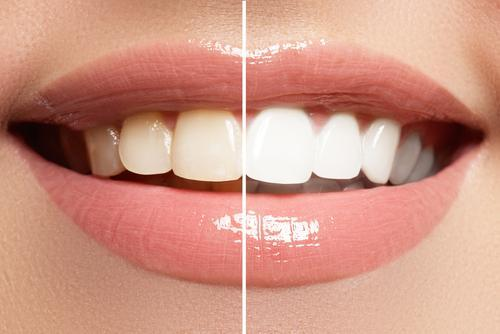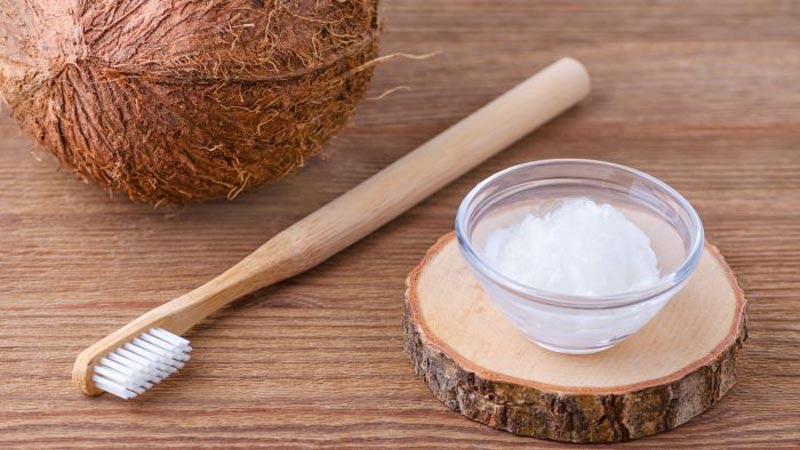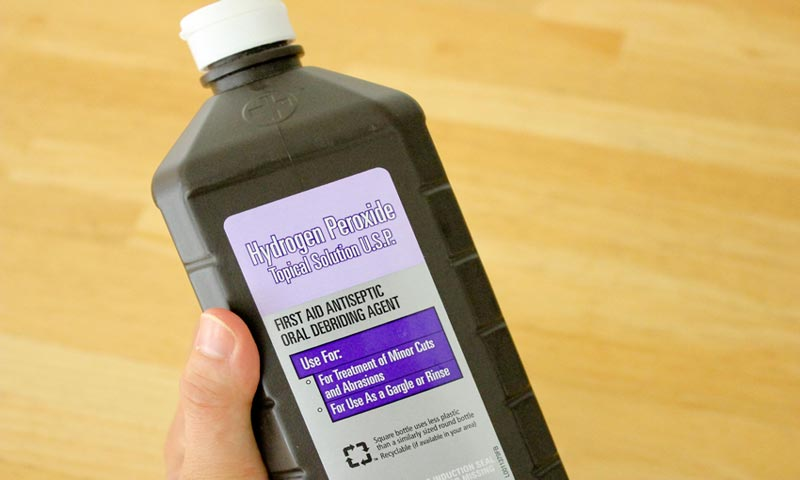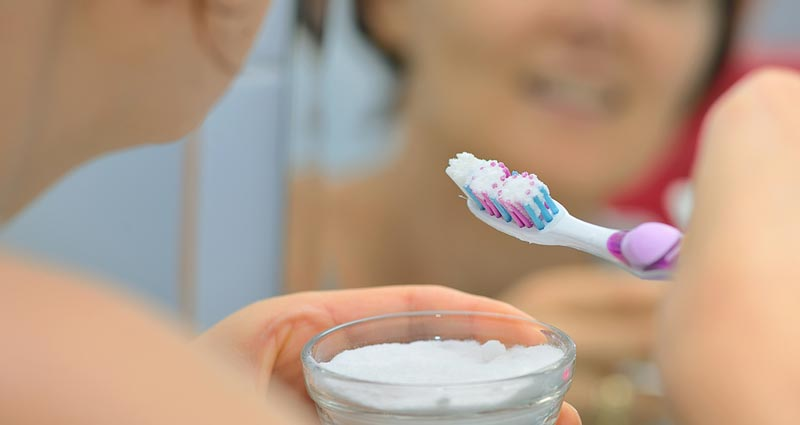Tartar buildup is one of the most common oral hygiene issues and can lead to more serious problems like gum disease and tooth decay if left untreated.

While visiting a dentist is the most thorough way to deal with tartar, it can be costly and inaccessible for many. Fortunately, there are simple and affordable methods you can try at home to reduce and even remove tartar from your teeth.
Let’s walk through the natural remedies, step-by-step procedures, and oral care tips you can start implementing today to support a cleaner, healthier smile—right from your bathroom sink.
What Is Tartar, and Why Does It Matter?
Tartar, also known as dental calculus, is hardened plaque that forms when bacteria in your mouth mix with food particles and minerals from saliva. If plaque isn’t removed regularly through brushing and flossing, it calcifies and sticks stubbornly to the surfaces of your teeth and along the gumline.
Over time, tartar can cause tooth discoloration, bad breath, gum irritation, and even receding gums. That’s why regular maintenance and early removal of buildup is essential.
What You’ll Need for At-Home Tartar Removal
To tackle tartar at home, gather the following basic items:
- Baking soda (natural cleanser and mild abrasive)
- Hydrogen peroxide (antibacterial agent)
- Salt (helps with cleansing and exfoliation)
- Warm water and cool water (for rinsing)
- Antiseptic mouthwash (to kill bacteria)
- Soft-bristled toothbrush
- Cup (for mixing solutions)
- Dental pick or scaler (for careful manual removal)
These common ingredients are effective in breaking down buildup and restoring freshness when used correctly and consistently.
Step-by-Step Guide: How to Remove Tartar Buildup at Home
Step 1: Baking Soda and Salt Scrub
Mix 1 tablespoon of baking soda with ½ teaspoon of salt in a clean cup. Wet your toothbrush with warm water, dip it into the powder mixture, and gently brush your teeth in circular motions. Pay close attention to areas where tartar is visible, especially around the gumline and between teeth.

Brush for about 5 minutes, spitting out and reapplying the mixture as needed. Baking soda’s mild abrasiveness helps loosen plaque and surface stains, while salt supports gum health and acts as a natural disinfectant.
Tip: Use a soft-bristled brush and avoid aggressive scrubbing to prevent enamel wear.
Step 2: Hydrogen Peroxide Rinse
In a separate cup, combine ½ cup of warm water with ½ cup of hydrogen peroxide (3%). Swish the mixture around your mouth for one full minute, making sure it reaches all corners of your mouth, especially along the gumline.

After rinsing, spit out the mixture and follow up with a rinse using ½ cup of cool water. This step helps eliminate bacteria and reduce inflammation in the gums while further loosening debris.
Step 3: Use a Dental Pick to Remove Softened Tartar
Once the tartar has been softened from steps one and two, you can gently scrape it away using a dental pick or scaler. Focus on areas where yellow or brown deposits are visible, typically around the molars and between teeth.

Work slowly and carefully—only target the buildup on the teeth and avoid contact with your gums to prevent irritation or injury. If you feel resistance or discomfort, stop and repeat steps one and two for further softening before trying again.
Note: Always sterilize your dental pick with rubbing alcohol or hot water before and after use.
Step 4: Final Rinse With Antiseptic Mouthwash
Finish your cleaning session by rinsing your mouth with an antiseptic mouthwash. This step helps kill any lingering bacteria, freshens your breath, and prevents future plaque formation.
For best results, repeat this full procedure every other day until you see a noticeable reduction in tartar buildup.
Natural Vitamin C Remedies to Soften Tartar
Fruits rich in vitamin C, like tomatoes and strawberries, can also be used to break down tartar naturally. These fruits have acidic properties and antioxidants that help soften buildup and improve gum health.
Rub a slice of fresh tomato or a halved strawberry directly onto your teeth and let the juice sit for about 5 minutes. Afterward, rinse your mouth with warm water and follow up with a light brushing using a baking soda and water paste.
Other vitamin C-rich foods you can use in similar ways include:
- Papaya
- Lemons and limes (be careful of overuse, as they’re highly acidic)
- Oranges
- Bell peppers
- Berries
Incorporating these fruits into your diet can also enhance your oral health from the inside out.
Add Cheese to Your Diet for Tartar Prevention
Eating aged cheeses like Cheddar or Swiss before meals has been shown to help prevent tartar formation. These cheeses help neutralize acids in the mouth that contribute to plaque development. They also contain casein, a protein that strengthens enamel and reduces mineral loss.
A small cube of cheese before meals can act as a natural barrier, protecting your teeth from harmful bacteria and acid erosion.
Additional Oral Care Tips for Long-Term Tartar Control
To keep tartar at bay and maintain a healthy mouth, follow these simple but crucial practices:
- Brush your teeth twice a day using a soft-bristled brush. Use gentle vertical strokes, especially along the gumline and behind the teeth.
- Floss daily to remove food particles and plaque that brushing misses—especially between teeth.
- Stimulate saliva production by consuming spicy foods or chewing sugar-free gum. Saliva acts as a natural cleanser for the mouth.
- Rub orange peel on your teeth before bed and leave it on overnight without rinsing. The essential oils and vitamin C in the peel help combat bacteria and brighten enamel over time.
- Stay hydrated to support saliva flow and rinse away debris throughout the day.
- Limit sugary snacks and acidic drinks, as they encourage plaque growth and enamel erosion.
Final Thoughts: Know Your Limits and When to See a Dentist
These natural, at-home methods can be incredibly helpful in reducing mild to moderate tartar buildup. However, if you’re experiencing gum bleeding, severe discoloration, or significant tartar accumulation, it’s important to consult a dentist. Some tartar is too hardened to remove without professional tools.
Think of these at-home routines as your front-line defense between professional cleanings. With consistency, good technique, and the right natural ingredients, you can take greater control over your oral health—without breaking the bank.